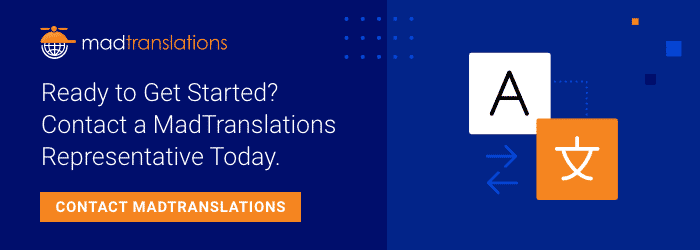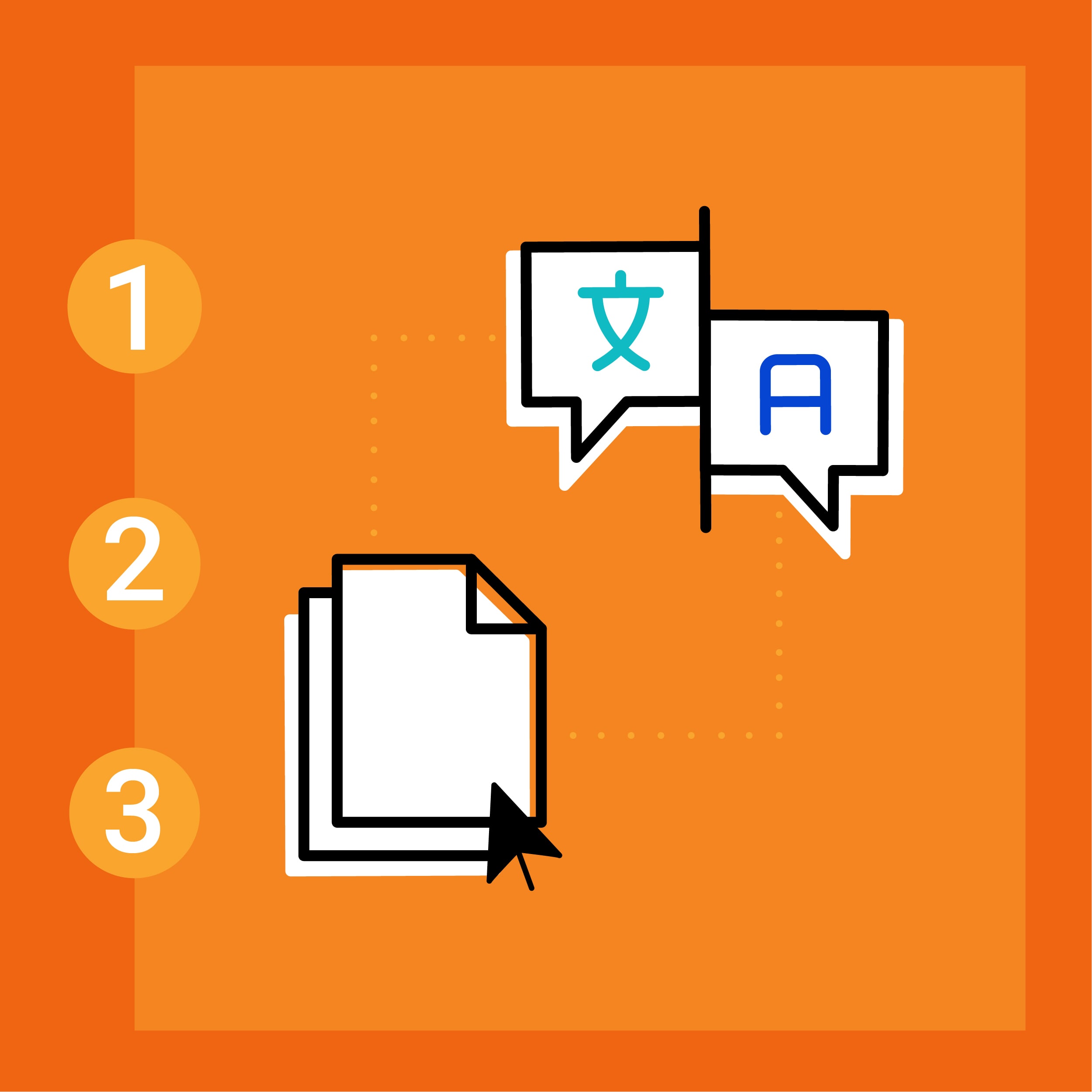This guest post was written by Scott Bass, the principal of LocFluent Consulting. Scott has been active in the language industry for over 30 years. Scott was formerly the founder and owner of Advanced Language Translation, Inc., a technical translation and localization specialist company, which he established in 1994. In 2015, he sold his company to Morningside Translations, one of the fastest-growing language service providers in the U.S. Most recently, Scott was Vice President for Morningside’s Professional Services Group, where he focused on onboarding new clients, building the foundation for strong client relationships, and ensuring customer satisfaction.
In a recent MadTranslations’ webinar Chatbots and Translation: How Micro Content Authoring Can Fuel Chatbots, Customer Self-Help and an Enhanced Customer Experience, an attendee asked the following question: “Can today’s machine translation engines be a good first pass in translating content?” This is an innocent question that is fraught with complexities.
Let us parse this question:
- When the questioner references “today’s machine translation engines” what do we need to consider? Current machine translation engine technology relies on neural machine translation. This is the use of artificial intelligence to create a translation engine. Previous technology utilized statistical machine translation, which relied on the engine’s ability to predict the likelihood of a selected word or phrase to be the translation of an original text string. Neural machine translation (NMT) relies on neural networks to “learn” how to translate based on training by large data sets. In both cases, copious amounts of data are required to train the engines for translation. In the end, neural MT has proven to be a significant improvement over statistical machine translation for most content.
- Next, the questioner asks about doing a “good first pass”. This is a loaded question since we do not know the intended use of the translation. The idea of a “first-pass translation” can be interpreted as offering the gist of what was written in the original text. But, for most commercial purposes “getting the gist” is not sufficient to instruct a user or train a workforce. Gist-level translation is usually reserved for information that you receive, and you want to quickly understand what it says at the lowest possible cost.
When your purpose is to prepare customer-facing content then you require much higher quality. We need to reformulate the question to “Is NMT good enough to automatically create translated content that is good enough for your customers?” In the broadest sense, the answer is “No”. Mainly due to uncertainty around what type of content, which engine and how much risk is involved with the content in question.
I would never recommend raw machine translation for any type of content for regulated industries. Typically, the risk of harm to users is potentially too high. But even if your audience is not put at risk--maybe the risk is mild inconvenience or annoyance because they cannot effectively use your product. This is a risk to your company’s reputation and its relationship with customers. I recommend that the raw MT should be reviewed and edited by a qualified human translator to ensure it is up to at least minimal quality standards.
Neural machine translation has shown great improvements over statistical machine translation regarding the fluency of the resulting translation. Even raw NMT may read quite well, and this is both its blessing and curse. The resulting fluency can lull us into a false sense of security, leading us to trust the raw MT output without further scrutiny. And, when scrutinized, it is harder to identify where the machine may have gotten the translation wrong. Post-editing of statistical machine translation (the last generation of machine translation technology) was easier in one aspect—the errors that it generated were generally easy to identify—but it made lots of such errors. That made the job of post-editing tedious. Post-editing content generated by neural machine translation is like editing a human translation, but the errors that NMT can create are still those made by a machine and not by a human. That means, once it gets something wrong it will continue getting it wrong until it is corrected, while many human errors tend to be one-offs. NMT also can generate annoying repetitive structural errors that can sometimes take time to correct. These too must be “trained out” of the engine.
How then should you decide to use MT to reach more of your audience? To start, ask yourself these questions:
Is There an Audience for the Content You Are Thinking of Running Through MT?
Always a good place to start, sometimes not translating can be the right answer, so be sure you have an audience who needs translated content.
What's the Risk to Users, Customers, Others if There is an Error in the Translation? What's the Risk to my Organization’s Reputation?
Again, if you work in a regulated industry or there is a significant risk to life and safety, then using raw MT will not be worth it. And, even if the risks are only that of inconveniencing a customer, it is likely still not worth it.
What Does the Quality of my Machine-translated Content Look Like?
Do not assume the machine translation will do a good job with your content because it did an OK job on an email from your Italian cousin. Run tests of the content through a variety of engines. Better yet, have your translation provider do it. For a small fee, they can put your mind at ease and ensure that using automation will help you accomplish your goals.
How Will my Organization Access the MT Engine?
This question is an important practical one. You do not want to manually copy and paste thousands of words of content into Google Translate using your web browser. Out of the box, engines of the Big Three (Google, Amazon and Microsoft) can easily be used to translate a few documents via the browser. Be careful with this, since processing files via browser upload may not be secure. The mainstream providers of machine translation offer ways to automate the submission of documents. This involves utilizing an API, so some developer’s time may be needed to craft a workable solution so that you can translate hundreds or thousands of documents at a time. An easier solution is to engage a capable translation services provider who is an expert at using machine translation as part of their service offering. Whomever you choose should be able to offer an easy way to translate content using automation. This will carry a cost, but one far less than investing in high-quality human translation, and it can be completed in far less time
Is MT good enough for your content? It all depends, but the cost-benefit of translating your important content has changed thanks to automation.
If you would like to have MadTranslations assess your content regarding automation, you can request a consult by emailing sales@madtranslations.com











